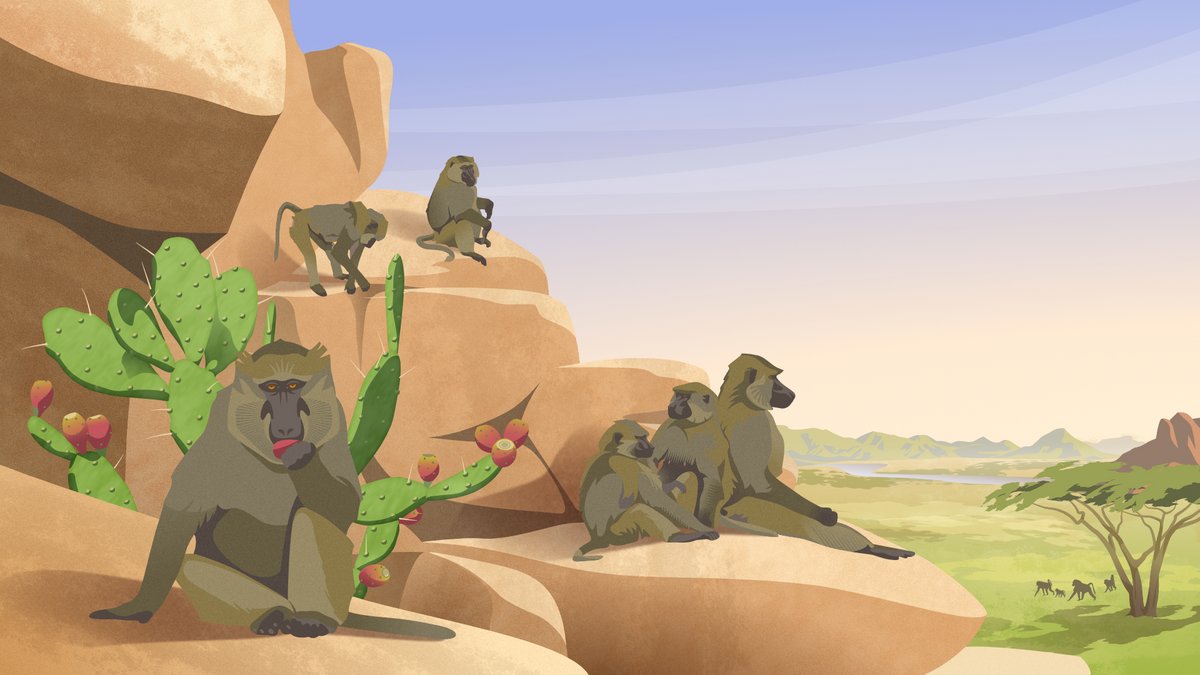
Collective responses to forecasted landscape-scale resource variation
How might animal collectives change their behaviours to take into account variable resource landscapes changing with the climate? What will that mean for their sociality, ecological function, and conflict with humans? The CASCB project Collective responses to forecasted landscape-scale resource variation aims to answer these questions.
“We aim to produce forecasts of species-specific resource estimates at the scale, level of aggregation, and ecological context of the data through the integration of new and existing plant community data, satellite remote sensing, and climate projections,” says Chase Núñez. From his perspective, the project’s innovations have occurred naturally from an interdisciplinary approach, situating collective behaviour as a response to forecasted changes in the abundance and distribution of plant species, enabling testable predictions of how animal collectives can shape, or be shaped by, environmental change.
“This project provides a theoretical and methodological direction for collective behaviour studies to expand on the spatio-temporal scale by uniting aspects of complex systems science, community ecology, and statistical inference,” he says. “The data produced by this project will not only increase the scientific value of past and future movement data, but also provide a new workflow and source of data for other projects, fuelling future collaborations that we hope will extend beyond the proposed work.”

-
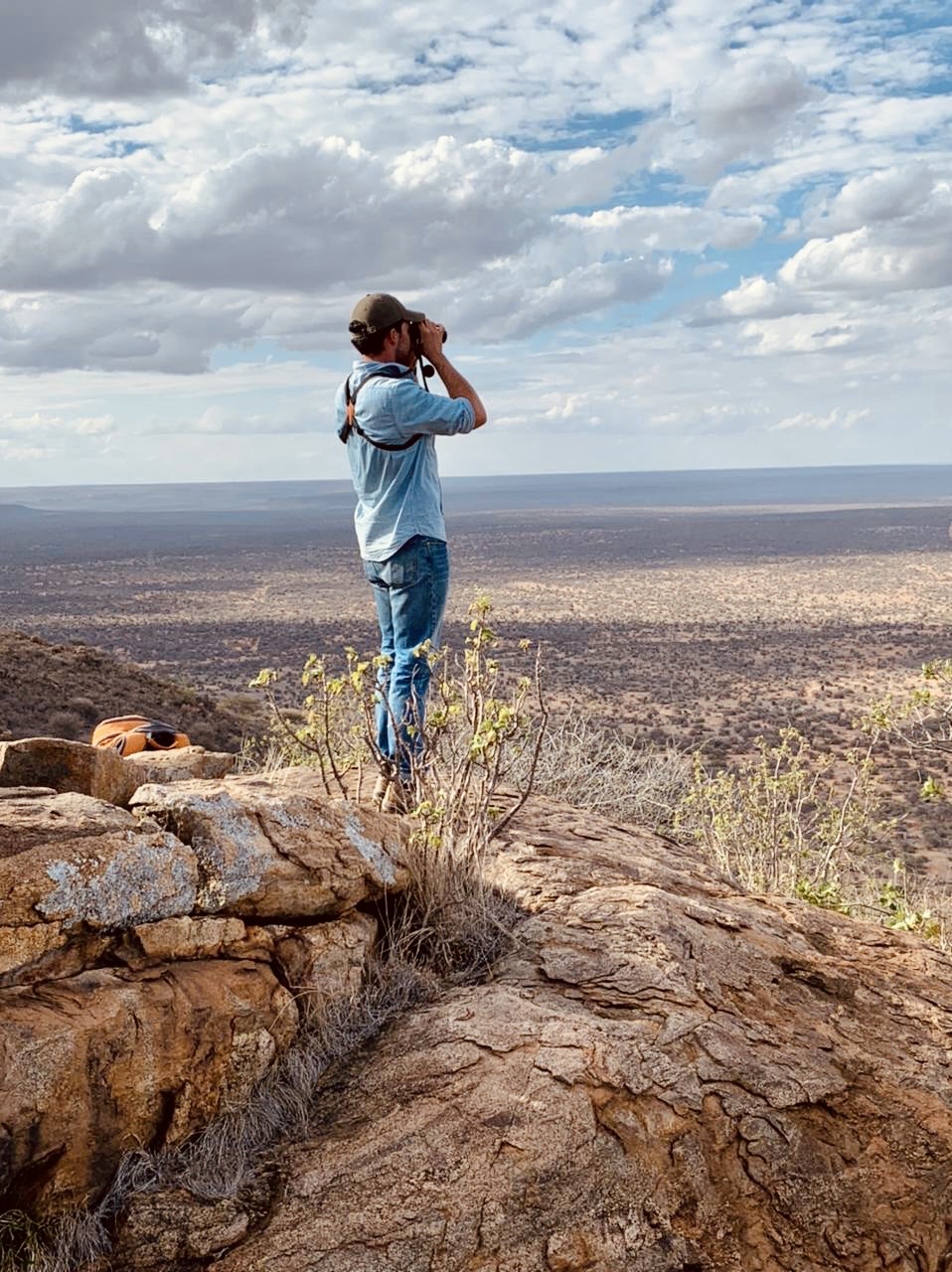
Tracking baboon groups in Laikipia. Copyright: John Kahumbu -
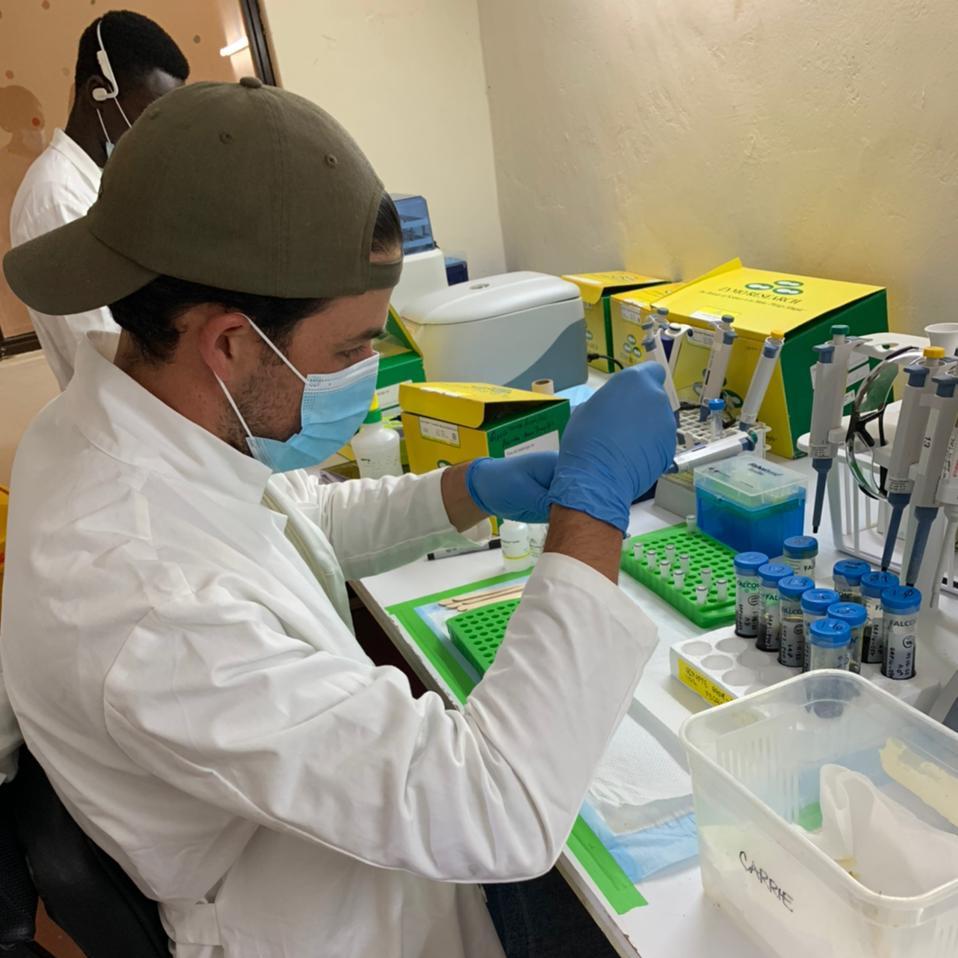
Extracting DNA from feces. Copyright: John Kahumbu -
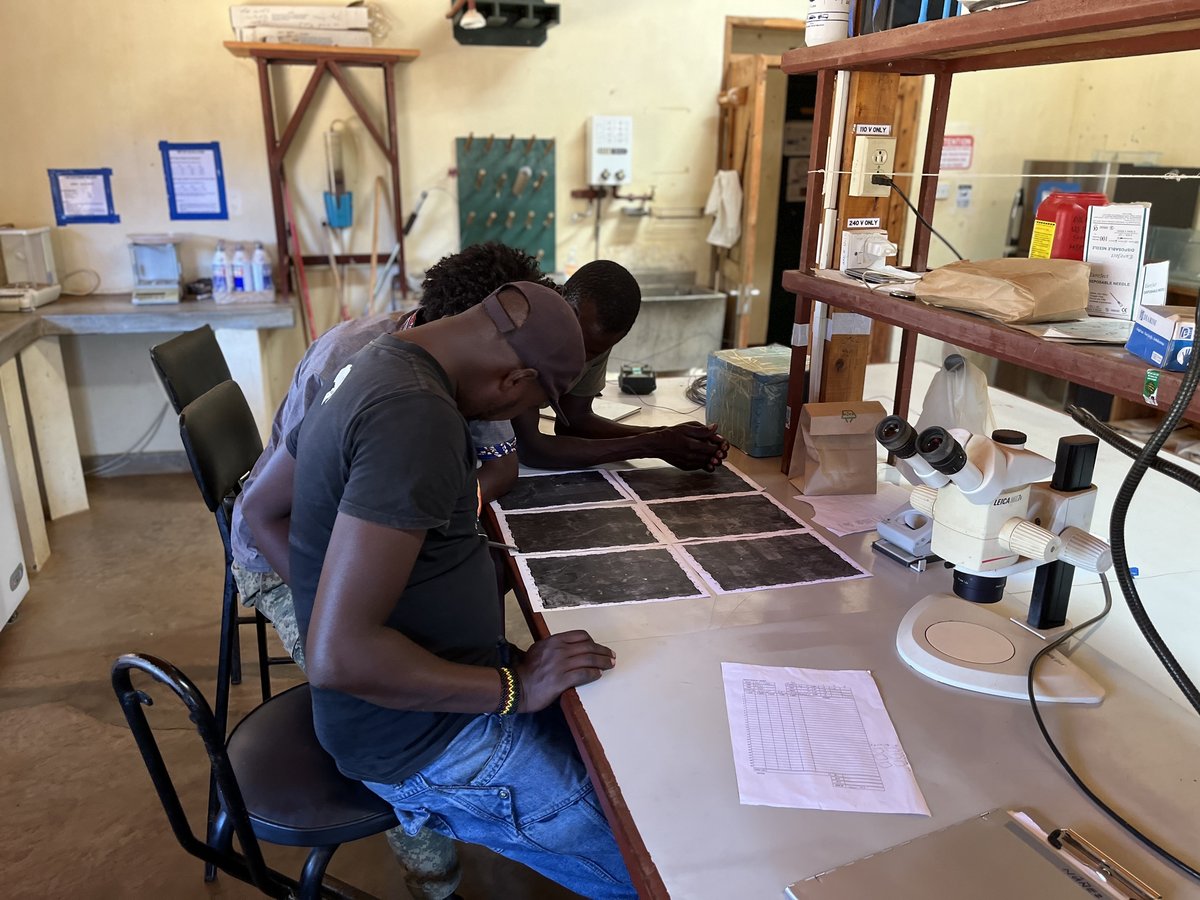
Out team working together to track baboon groups in Laikipia. Copright: Chase Núñez -
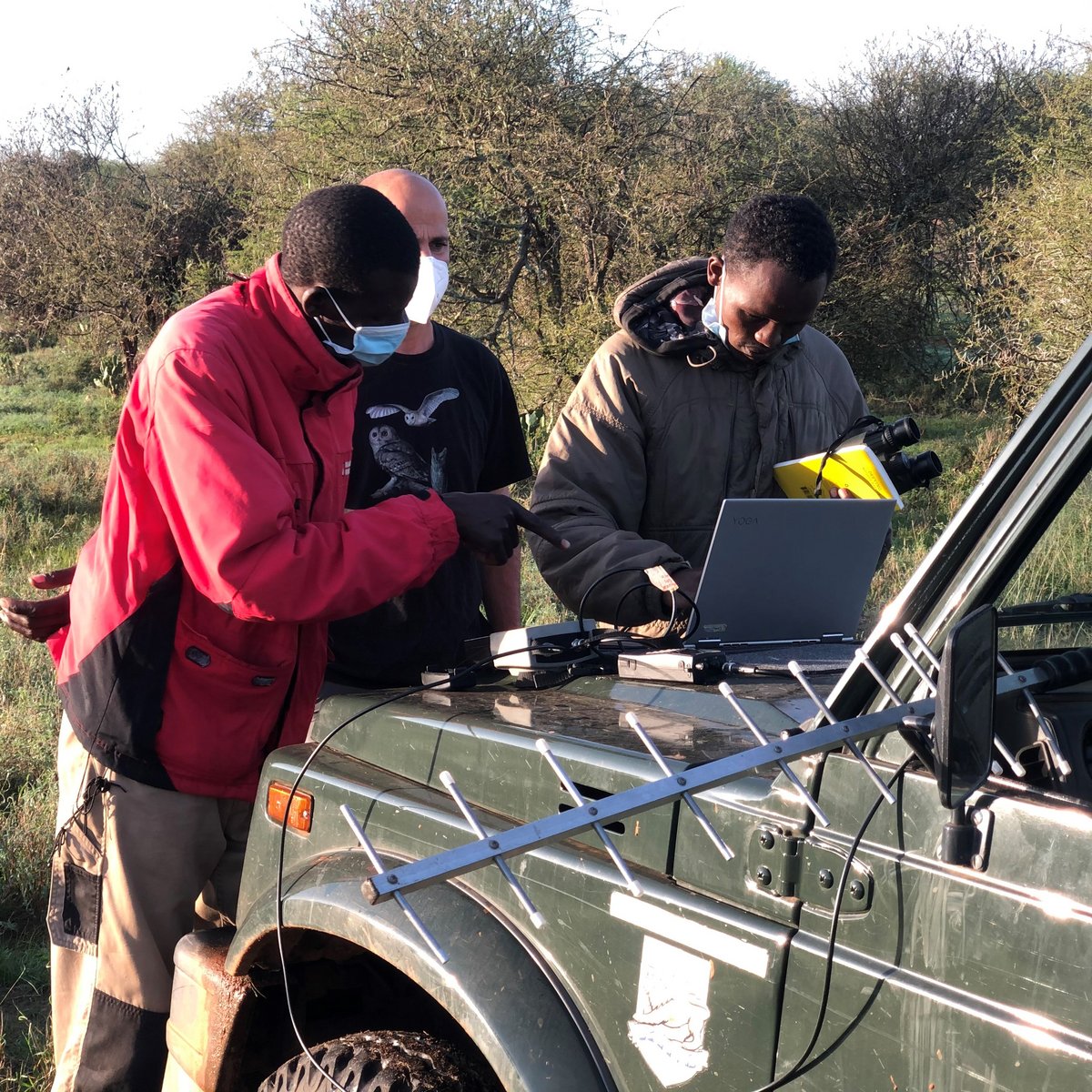
Out team working together to track baboon groups in Laikipia. Copright: Chase Núñez -
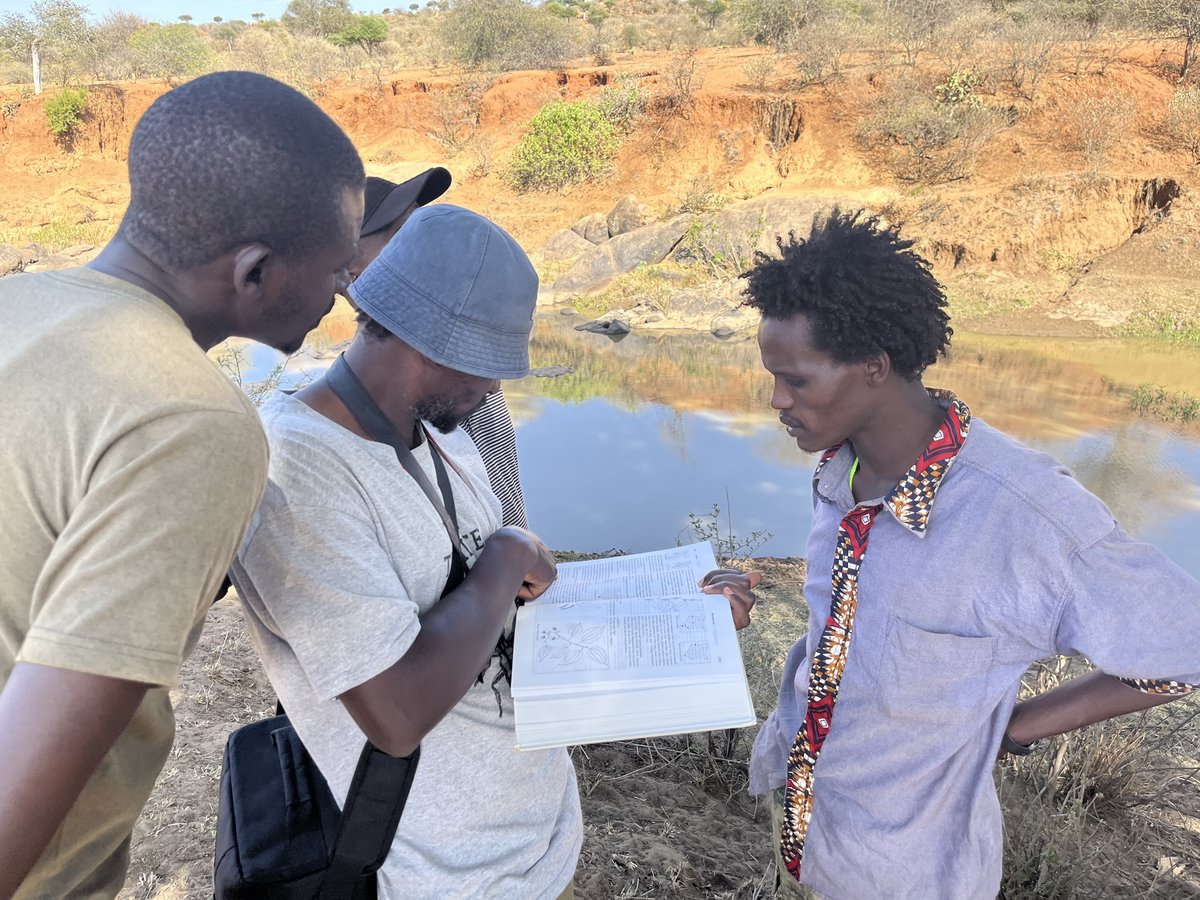
Our team identifying plants eaten by baboons. Copright: Chase Núñez -
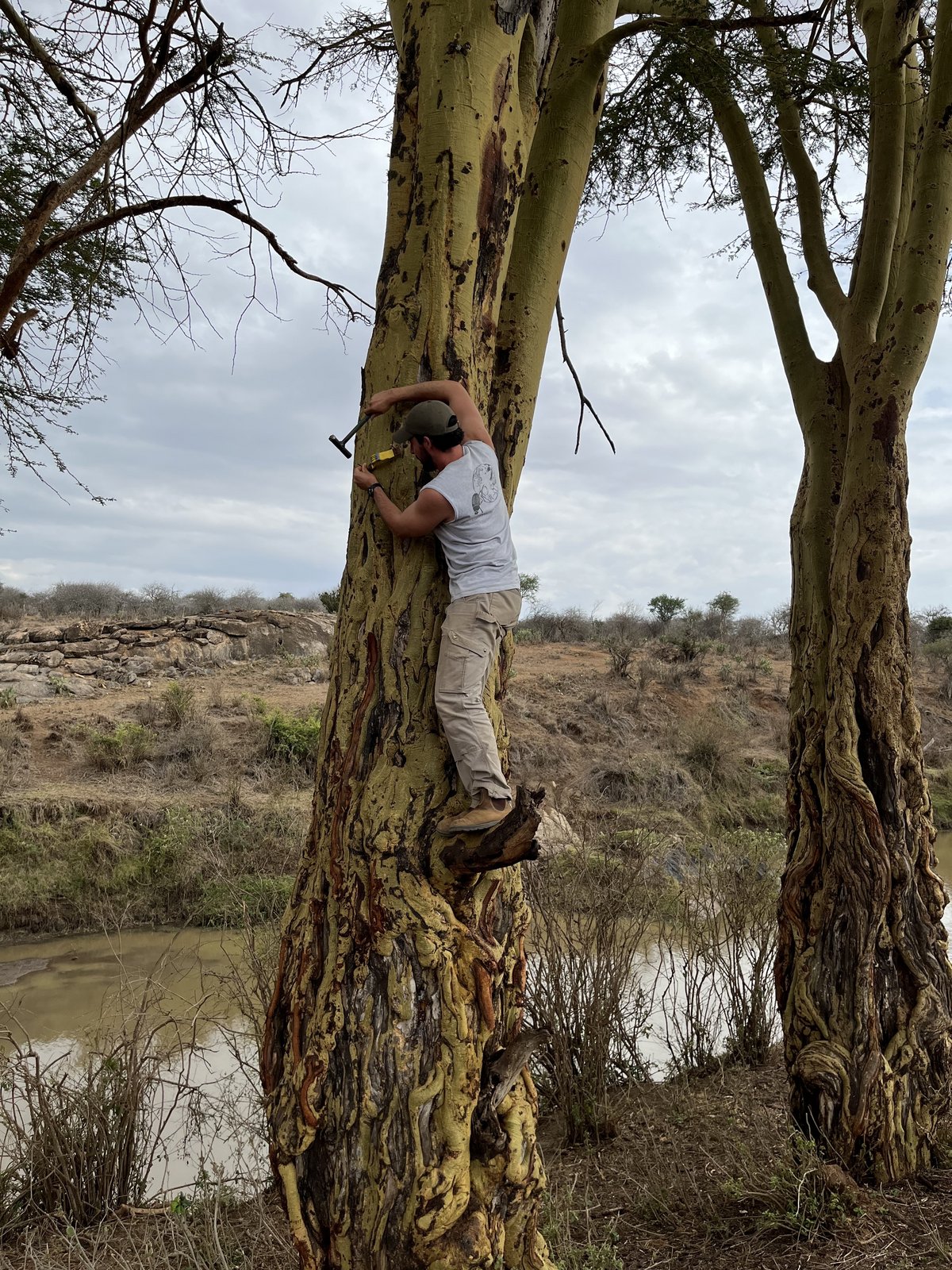
Testing new technology in Yellow fever Trees that are used by baboons as sleep refuges. Copyright: Alison Govaerts
Publications
- J Carter Loftus, Roi Harel, Chase L Núñez, Margaret C Crofoot (2022): Ecological and social pressures interfere with homeostatic sleep regulation in the wild, eLife 11:e73695.
- Núñez CL, Poulsen JR, White LJT, Medjibe V and Clark JS (2022) Distinct Community-Wide Responses to Forecasted Climate Change in Afrotropical Forests. Front. Ecol. Evol. 9:742626.
- Poulsen JR, Wright JP et al (2021) Long Distance Seed Dispersal by Forest Elephants. Front. Ecol. Evol. 9:789264.
- Harel R, Alavi S, Ashbury AM, Aurisano J, Berger-Wolf T, Davis GH, Hirsch BT, Kalbitzer U, Kays R, Mclean K, Núñez CL, Vining A, Walton Z, Havmøller RW and Crofoot MC (2022) Life in 2.5D: Animal Movement in the Trees. Front. Ecol. Evol. 10:801850.
